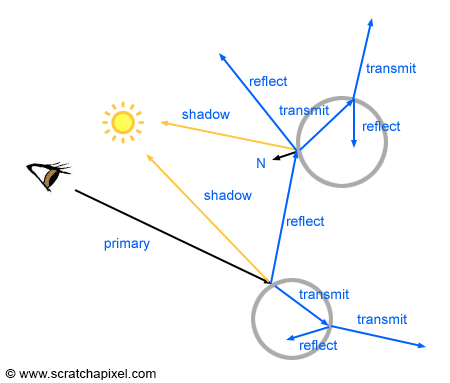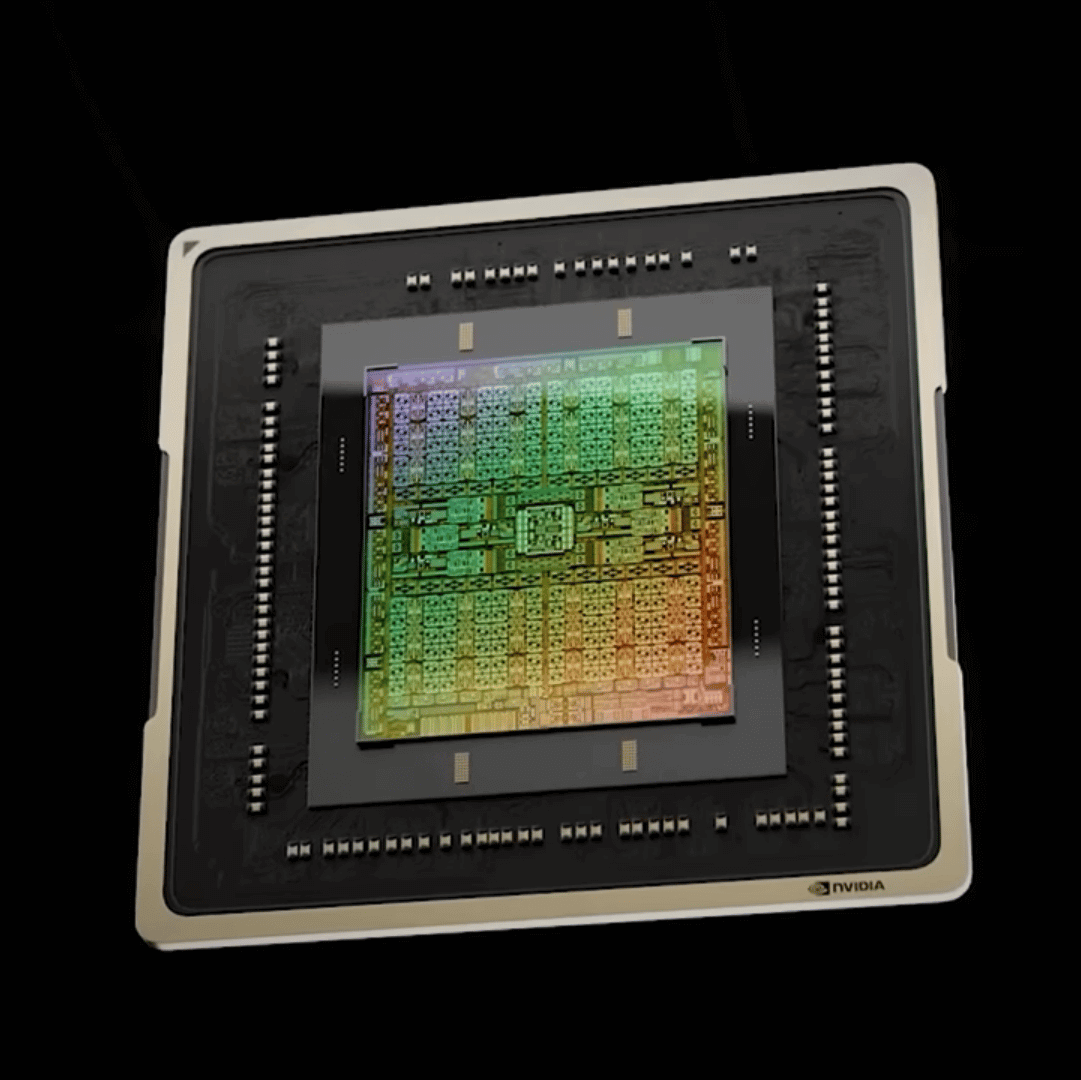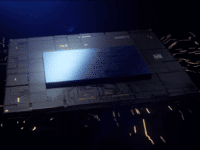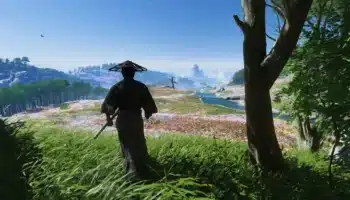The path tracing update for Cyberpunk 2077, dubbed the Overdrive Mode, has been released. CD Projekt Red’s flagship now has the most technologically advanced game engine with cutting-edge path-traced lighting and global illumination. In case you’ve forgotten, path tracing is a massive expansion of ray tracing, doubling down on the light sources and overall ray counts. The main difference between the two boils down to the intersection stage.
With traditional ray tracing, the rays are cast into the scene through the viewport. Each ray is tested against the BVH structures in the scene for an intersection or miss, after which the required pixels are shaded. Path tracing extends the ray intersection to multiple bounces.
The number of light sources significantly increases, with each point source getting its shadows. Even shiny objects which reflect light rays act as independent light sources. Ray tracing consists of a single hit/intersection, while in path tracing, the ray bounces off to the next object in sight, acting as a second independent ray and then a third, and so on.

Path tracing generally makes the scene more illuminated as the additional ray bounces result in better indoor penetration of the light rays. Here are some examples of how path-traced global illumination improves image quality. You may click on the image to view the high-resolution version:
The impact of path tracing is most prominent in indoor scenes, with exteriors also getting a decent uplift at night. The above example shows that the vegetation and other complex structures are shadowed much more accurately with path tracing.
In the above shot, you can see that path tracing also affects the outside. The sun’s rays better illuminate the scene, adding a slight orange tint to the concrete structures. Dense vegetation is also better shaded.
Here’s an example where path tracing has less of an impact on image quality. While the shadows and AO are more accurate, it’s not something that you’ll notice unless you know what to look for.
Here are two interior scenes where path tracing adds a fresh coat of paint, transforming the image altogether:
The penthouse looks very well-lit with path tracing, while ray tracing looks dim and lifeless. This is path traced global illumination at its best. The artificial light sources (electric lighting) are diffused uniformly, making the lighting look more realistic. Interestingly, indirect lighting or multiple bounce lighting is also called diffuse illumination.
Here’s another example of indoor diffuse lighting. Path tracing results in better ambient shadows where the lighting is well-spread in lit areas while keeping the obstructed ones dark.
Further reading:






